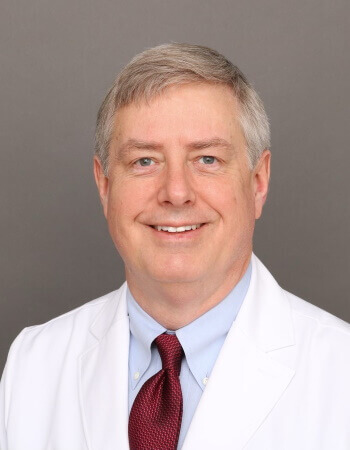Breast augmentation is a popular cosmetic surgical procedure aimed at enhancing the size and shape of a person’s breasts. As with any surgical intervention, recovery is critical, during which the body heals and adjusts to the changes. Understanding the breast augmentation recovery milestones can help patients prepare for the process and manage their expectations effectively.
Our role at O’Neill Plastic Surgery is to ensure patients are ready for everything, from initial intake to post-surgical recovery. Being transparent about what this looks like can be helpful for your process as a patient.
Immediate Postoperative Phase (Days 1-2)
The immediate aftermath of breast augmentation surgery is typically characterized by grogginess and discomfort as the effects of anesthesia wear off. Pain, swelling, and bruising around the chest area are common during this stage. Patients are usually advised to take prescribed pain medication, rest, and avoid strenuous activities.
First Week
During the first week of recovery, the focus is on managing pain and swelling. Patients may experience tightness in the chest, making it essential to follow the surgeon’s recommendations for postoperative care. Supportive garments, such as surgical bras, are often worn to provide comfort and stability to the healing breasts. Light walking is encouraged to improve circulation and prevent blood clots, but intense exercise should still be avoided.
Two Weeks
By the end of the second week, many patients start to notice a reduction in swelling and bruising. However, the breasts might still appear high on the chest due to the natural settling process of the implants. Patients can often begin gradually returning to light daily activities and work, although heavy lifting and intense physical exertion should still be avoided.
Three to Four Weeks
During this period, many patients experience a significant improvement in their overall comfort. Swelling decreases, and the implants settle into a more natural position. Patients might be able to resume more moderate activities, but it’s crucial to follow the surgeon’s guidance to prevent any complications. Incision sites begin to heal, and patients can often transition to a sports bra for additional support.
Six Weeks
Many patients can resume regular activities at six weeks, including light exercise and lifting. The implants should have settled into a more natural position and shape, and any residual swelling or discomfort should be minimal. This is a good time for patients to discuss gradually increasing their exercise routine with their surgeon.
Three Months
By the three-month milestone, most patients have healed well, and the breasts have become more natural. Scarring from incisions should continue to fade, although scars can take up to a year to fully mature. Patients can usually return to more strenuous exercises and activities, but listening to the body and avoiding overexertion is still important.
Six Months to One Year
Patients often experience the final results of their breast augmentation surgery during this period. Scarring continues to fade, and the breasts settle into their permanent position.
The implants should have integrated into the body, and any residual discomfort or tightness should have resolved. Regular self-checks and follow-up appointments with the surgeon are essential to ensure that healing progresses as expected.
Long-Term Recovery
Beyond the one-year mark, patients can enjoy the long-term benefits of their breast augmentation surgery. It’s important to note that while the implants do not expire, they may require replacement due to aging, changes in breast tissue, or other factors. Regular check-ups with a medical professional are essential to monitor the health of the implants and address any concerns that may arise.
Get On The Schedule With O’Neill Plastic Surgery
Breast augmentation recovery is a gradual process marked by several key milestones. Each phase involves physical and emotional changes, from managing immediate discomfort to enjoying the final results.
By understanding and preparing for these recovery milestones, patients can make informed decisions, set realistic expectations, and ensure a smoother journey toward achieving their desired breast enhancement outcomes. The O’Neill Plastic Surgery team can help make that happen. Contact us today to get started!



Share